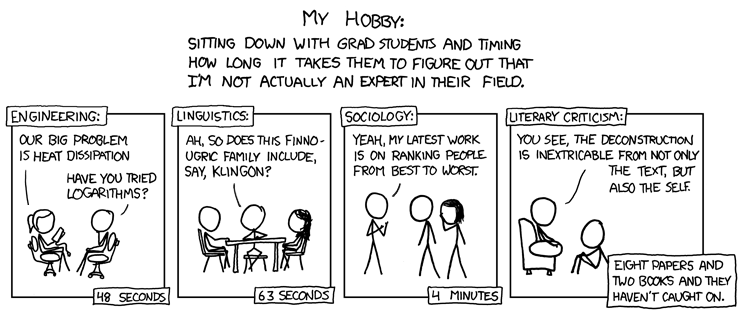Andy, to be frank, I'm a bit dismayed by your stances. I hope that you give my book a chance if you ever do come across it.
I'll certainly give it a chance, and I'm sorry that you find my stances dismaying. I want their to be MORE serious discussion of this topic, not less. However, I frankly believe that most criticism of allegory is generally hogwash if it ignores the context from which the supposed allegorical work sprang.
Indeed, art and performance art can be interpreted in multiple ways, and artists often allow audiences their interpretation. That does not mean (IMO) that such work can or should be divorced from its creative reality.
For instance, serial killer John Wayne Gacy paints pictures of clowns. Interpreting those pictures as appropriate for a children's storybook because they show smiling clowns would be disingenious at best because of the context from which they came.
The LOST creators are choosing to allow their finale multiple interpretations. However, IF the LOST creators were publicly known to despise the very concept of the afterlife and redemption, it would be a far stretch for someone to po-facedly interpret their work as supportive of those concepts.
One of the major themes of my book is that queer aspects of Trek have come through often despite the very homophobic atmospheres both of their on-set making and of the larger culture. Again, what I try to do in this book is to interpret the series and films as allegories for queer experience. I'm not talking about the presence of queer sexuality as something literally "there," in the text. With some very few exceptions, Trek has almost never explicitly represented queer sexuality, and even when it has, it has been heavily mediated.
See, here is my problem, in that the very interpretation is flawed. During Berman's run, nothing was MEANT to be interpreted that way, and nothing was intended to be allegorical in that manner, with the exception of the few "heavily mediated" examples that are fairly dreadful IMO. By interpreting things that were in no way meant to be interpreted that way, it sets up the interpretation for ridicule.
This would be similar to a Jewish science fiction author utilizing a four-armed character as a hero, and for someone to interpret that four-armed character as positively representing the Nazi swastika and the work itself as denying the Holocause because a swastika has four arms and the character was heroic.
As an example of my approach, I read the evolution of the character of the Doctor on Star Trek: VOY as an allegory of a gay male coming out story. I also discuss Star Trek: The Wrath of Khan as an allegorical tale of homoerotic romantic pursuit. I consider the relationships between Kirk and Spock and Janeway and Seven of Nine as allegorical romances.
I can certainly understand where those allegories might come from, and even see precedence in how the actors may have nuanced their characterization. But it's just as easy to allegorically declare that Scotty had a fetishistic and abusive sex impulse toward his precious engines and find context that supports it, should one want to venture down that path.
While production atmosphere and the views of creative artists are certainly not irrelevant to what Im discussing throughout this book, my focus is what's on the screen and how we experience it. Thanks for listening.
Again, you're welcome to that focus, I just find it flawed. If OJ Simpson made a movie about wife-killing, it would be nearly impossible to divorce the "views of creative artists" from "what's on the screen and how we experience it," no matter how allegorical one decided to be.
I'm sure you didn't ignore changing social mores when discussing the allegories present in 60s Trek versus 80s Trek; they were not created in a vacuum. So, why would one ignore the actual stated (or rumored) allegorical intents of the creators of the art?


 )
)